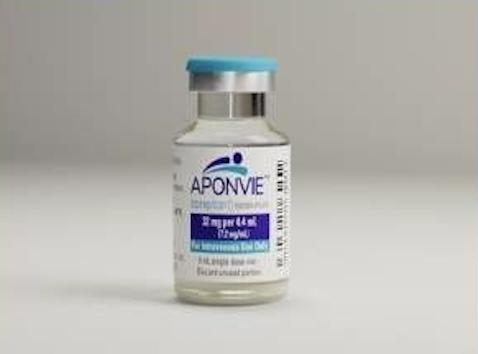Aponvie Dosage
Generic name: APREPITANT 32mg in 4.4mL
Dosage form: intravenous emulsion
Drug class: NK1 receptor antagonists
Medically reviewed by Drugs.com. Last updated on Mar 13, 2024.
Recommended Dosage
The recommended dose in adults of APONVIE is 32 mg administered as a 30 second intravenous injection prior to induction of anesthesia.
Preparation and Administration
- Inspect the vial for particulate matter and discoloration prior to administration; discard if present. APONVIE is opaque and off-white to amber in color.
- Aseptically withdraw 4.4 mL from the vial.
- Flush the infusion line with normal saline before and after administration of APONVIE.
Frequently asked questions
More about Aponvie (aprepitant)
- Check interactions
- Compare alternatives
- Pricing & coupons
- Drug images
- Side effects
- During pregnancy
- FDA approval history
- Drug class: NK1 receptor antagonists
- Breastfeeding
- En español
Patient resources
Other brands
Professional resources
Other brands
Related treatment guides
See also:
Further information
Always consult your healthcare provider to ensure the information displayed on this page applies to your personal circumstances.


